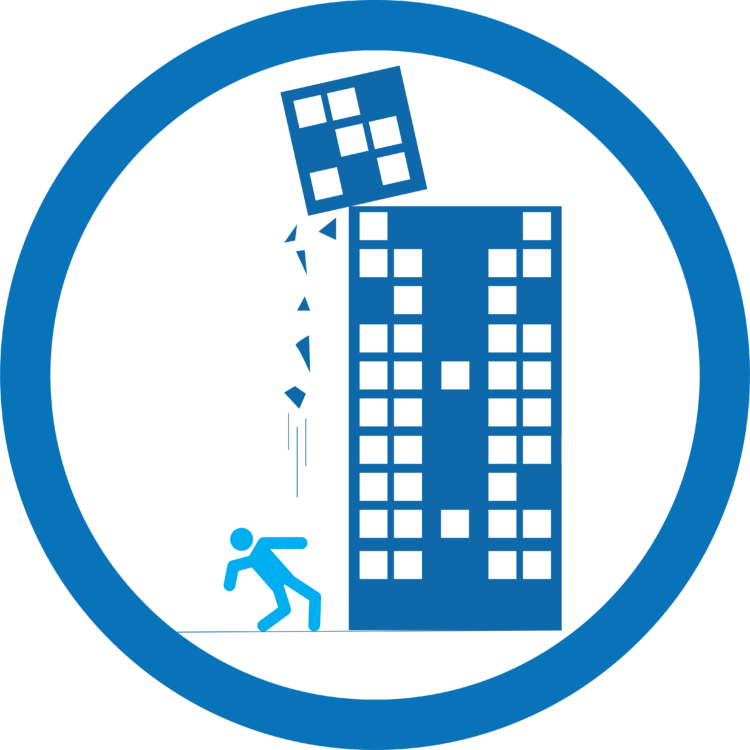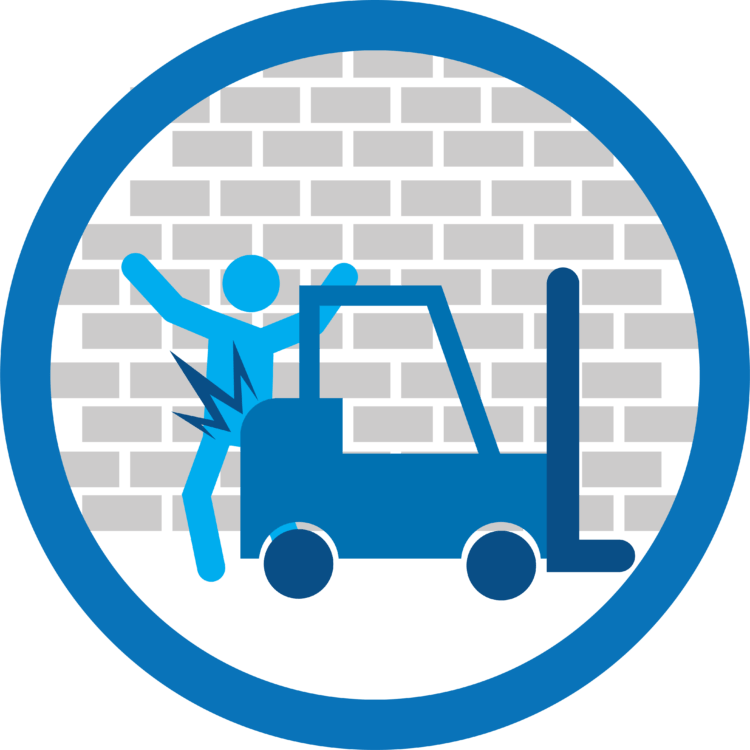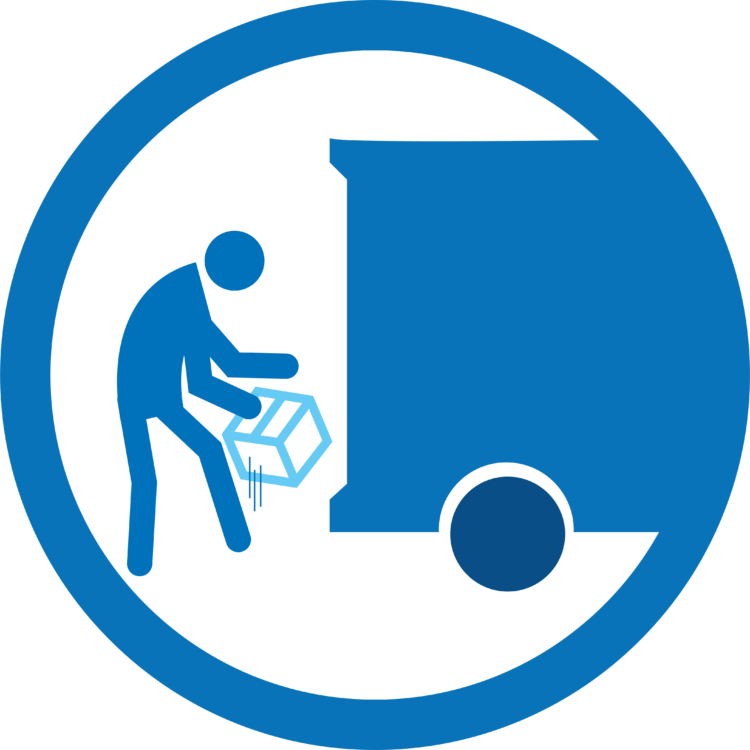Caught-in or caught-between accidents occur when someone is caught, crushed, squeezed, compressed or pinched between two or more objects. According to the Bureau of Labour Statistics, 73,740 occupation crush injuries were reported requiring days away from work in a recent year.1
Caught-in or caught-between accidents frequently result in crush injuries. Common causes of crush injuries include:

1. Falling loads and objects from a crane or other heavy equipment that strikes a worker
If a heavy load is not fastened properly while it is being moved by a crane, there is a chance of the load coming undone and falling on a worker standing below. This is also applicable to swinging loads.

2. Vehicle running over a worker’s foot
In crowded and noisy areas onsite where there are multiple activities going on, distractions abound. Add vehicles to the scene and there is a chance that vehicles can accidentally run over a worker’s foot or even worse, collide with workers.

3. Worker’s hand gets stuck in unguarded parts of machinery
Moving machine parts have the potential to cause severe workplace injuries, such as crushed fingers or hands, amputations, burns, or blindness. In oil & gas operations, where high-risk activities are performed daily during exploration, construction, drilling, production, transportation, and refining, work is often done in extreme environments, and hands may easily be exposed to hazards that cause crush and pinch injuries.2

4. Trench cave-ins and structural collapses on a worker
Any work conducted in trenches or excavation sites brings with it a higher risk of accidents. Cave-ins are a key cause of concern and the resulting crush injuries could prove fatal.

5. Getting pinned between a wall and piece of heavy equipment:
Workers are at risk of being crushed between a forklift and a wall or even being run over by forklifts and other heavy machinery due to limited visibility. These accidents usually happen due to a crowded work environment, inadequate safety training, and a lack of proper safety equipment.

6. Heavy object gets dropped on a worker during loading or unloading
When loading or unloading objects from a truck or any other vehicle, there is a risk of the load falling on the person’s toes resulting in a crush injury.

7. Slips, trips and falls
Slippery or uneven floors, uncleaned dirt and debris, tangled cables and wires in walking areas are all common causes of slips, trips and falls that could lead to crush injuries at the worksite. 3
How do you prevent and reduce crush injuries at the worksite?
- Carry out a risk assessment to establish how workers could be hurt by equipment at the workplace. The assessment should include doors, machinery, tools and any other devices that could potentially result in a crush injury.
- Test the weight before lifting, carrying, and placing boxes; an awkward or heavy load can slip and pinch your hands or feet. Get help or use material handling devices to move large and/or heavy items.
- Implement control measures like sensors on equipment that turn it off when it detects people near the machine. This however might disrupt productivity. Special attention must be paid to machinery with moving parts, conveyors, rollers, and rotating shafts. Barriers, notices, machine guards can also ensure personnel maintain distance.
- Set up geo-fences that alert the command center when a high-risk area has been breached by personnel without proper clearance and permits.
- Trained workers are safer workers. Companies should ensure that their personnel are properly trained and understand the risks involved in working with certain equipment.
- Ensure workers are equipped with appropriate PPE and that the PPE is worn properly. Only then can PPE be effective. To ensure PPE compliance, AI solutions like Computer Vision is a popular cost-effective solution that ensures that all workers are PPE compliant.
- Real-time tracking and locations systems can also play a vital role in preventing crushing injuries caused by forklifts and other onsite vehicles. Real time tags can alert workers and vehicle drivers to each other’s presence preventing collisions and caught-ins. The same technology can also be effectively used to create geo-fences which alert workers when they are entering within a hazardous range of a forklift, crane or other heavy machinery reducing the chance of incidents.
How can United Safety help?
United Safety has a suite of real-time solutions that can effectively prevent onsite collisions and caught-in between workers and vehicles. We can also create geo-fences limiting entry to hazardous areas. Our Computer Vision services ensure PPE compliance while our accredited safety training and coaching services will ensure your workers are thoroughly trained on safe work practices.
References:
1 https://www.kraftlaw.com/personal-injury-lawyer/crush-injuries/ 2 https://www.osha.gov/machine-guarding 3 https://www.ansell.com/us/en/faq/what-are-crush-injuries

